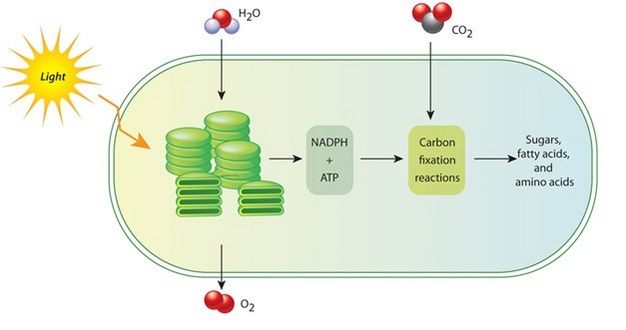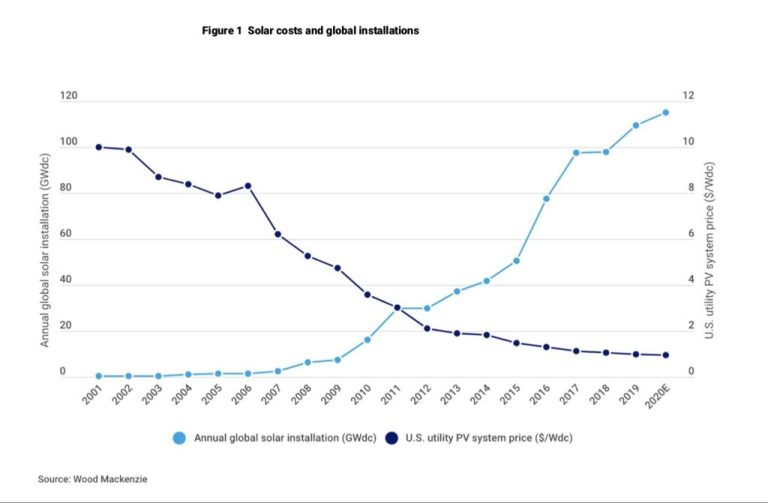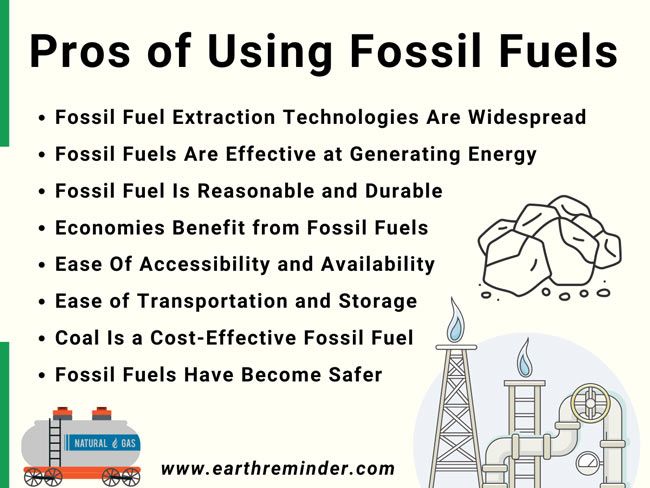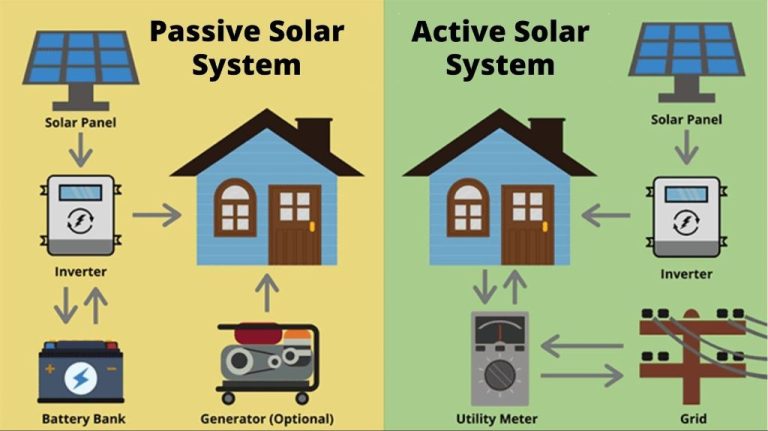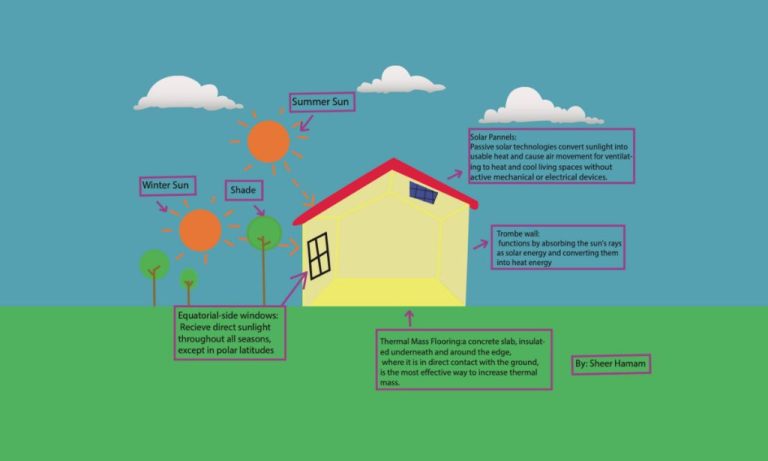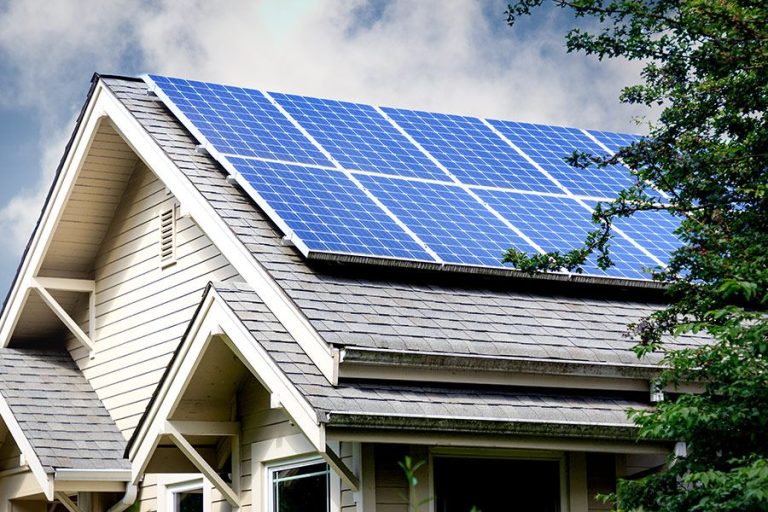Where Are Solar Panels Most Needed?
Solar panels have emerged as an important renewable energy source that can provide clean electricity without greenhouse gas emissions. As solar technology improves and costs decline, there is growing interest in expanding solar panel installations globally. But where are solar panels most critically needed? This analysis will examine the places that could benefit the most from wider solar adoption.
Solar panels work by converting sunlight into electricity through the photovoltaic effect. They provide power without the air and noise pollution of fossil fuel plants. Solar energy is also renewable and practically limitless when compared to coal, oil and natural gas. With climate change accelerating, solar power is an essential part of the transition to a sustainable energy system.
The key question is: where in the world are solar panels most needed and impactful? Determining the optimal locations requires analyzing factors like energy poverty, grid instability, government incentives, rural access, costs savings, and environmental impact. This article will explore these key drivers in depth.
Energy Poverty
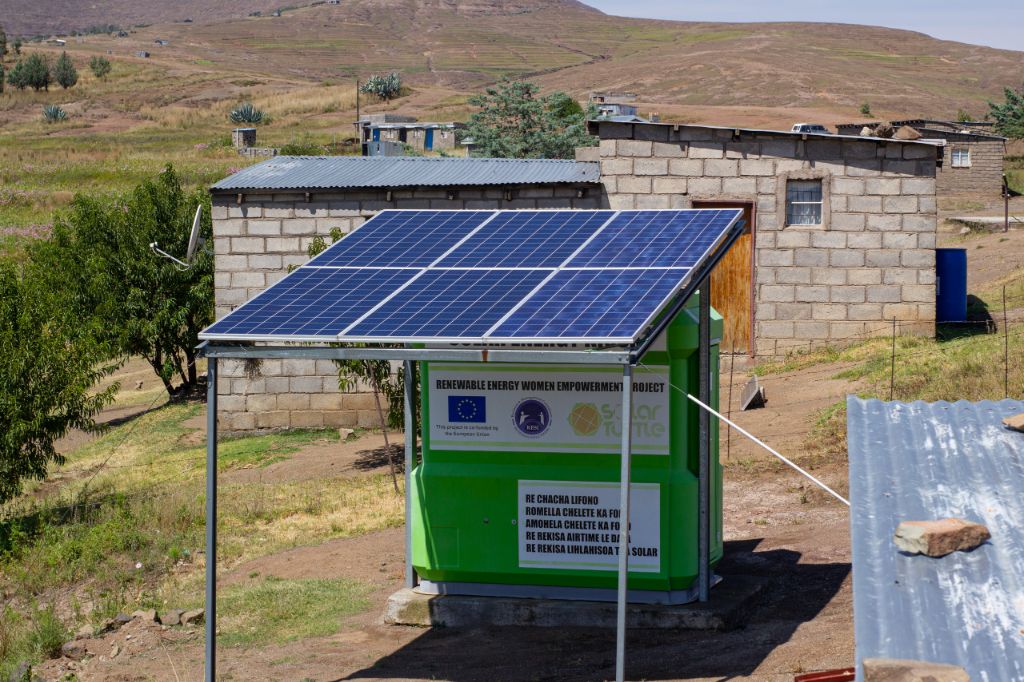
Access to electricity is one of the most fundamental components of reducing poverty and fueling development in poorer nations. However, energy poverty remains a major issue worldwide. The International Energy Agency (IEA) estimates that 770 million people across the globe still lack access to electricity. Sub-Saharan Africa and developing parts of Asia are disproportionately impacted, with over 85% of those living without electricity concentrated in these regions.
Limited electricity access inhibits opportunities for economic growth, improved healthcare, education, and overall quality of life. It perpetuates the cycle of poverty by hindering productivity and the ability to meet basic needs. Electrification must be a top priority, but expanding traditional grid infrastructure can be challenging and cost-prohibitive in remote areas. Off-grid solar solutions like standalone solar panels and microgrids can provide a faster, more economical path to electricity access in developing regions facing energy poverty.
Sunlight Availability
Areas that receive more annual sunlight are prime locations for solar panels because solar panels operate by converting sunlight into electricity. The more sunlight that hits the solar panels, the more electricity they can generate. Locations near the equator tend to receive the most sunlight due to the high sun angle and fewer cloudy days. For example, regions in the southwestern United States, Mexico, central South America, sub-Saharan Africa, the Middle East, India, and Australia have abundant solar resources ideal for solar power generation. Even within countries, solar panels tend to be most productive in the sunniest cities and states. For instance, Arizona, California, and Nevada are the top states for solar energy in the U.S. because of the minimal cloud cover and high irradiance levels. Ultimately, maximizing sunlight exposure by installing panels in consistently sunny areas with few obstructions provides the highest solar electricity yields and the fastest payback on the system investment.
Government Incentives
Government subsidies and policy initiatives play a major role in driving solar panel adoption in certain regions. Areas with strong financial incentives or mandates tend to see higher rates of solar installation. For example, feed-in tariff programs that pay homeowners to generate solar power have spurred rapid growth in parts of Europe and Asia. Solar renewable energy credits provide another financial upside in places like California. Some governments even subsidize a portion of the upfront panel and installation costs for residents. Beyond financial incentives, solar mandates on new construction in cities like San Francisco also expand solar’s reach.
Areas lacking these types of robust government solar incentives tend to lag behind in solar adoption, even if the climate conditions are ideal. With the substantial upfront investment required for solar panels, government subsidies and mandates help alleviate the financial burden for citizens and make payback periods more attractive. This is especially important in developing nations where per capita income is lower. Creative financing solutions from governments also allow more people to go solar with little to no money down. All of these factors demonstrate how critical the policy environment is in determining where solar panels are most needed and most likely to succeed.
Cost Savings
Installing solar panels on homes or businesses can lead to significant long-term cost savings compared to relying solely on conventional power from the electrical grid. Though solar panels require an upfront investment, over the lifetime of the system the cost of energy production is minimal. Once the system is paid off, homeowners benefit from very low cost electricity for another 10-20 years, the typical lifespan of today’s solar panels.
Electricity from solar power is now cheaper than ever thanks to improvements in panel efficiency and manufacturing scale. The average cost to install a residential solar system in the U.S. is around $3 per watt, and systems typically pay for themselves within 5-7 years. After that, the owner enjoys free electricity aside from minor maintenance costs. This compares very favorably to paying a monthly electricity bill to the utility company.
Businesses that install solar can benefit even more from the cost savings. Commercial systems often pay off in 3-5 years with the right incentives, and provide electricity at a fraction of the price charged by utilities for the next couple decades. With solar powering their operations for free once the system is paid off, companies can invest the money saved on energy costs into growing their business.
Solar power also acts as a hedge against rising electricity rates. Utility companies often raise rates year after year, so locking in a fixed cost for power for 20+ years provides certainty and protects against inflation. Going solar can be seen as an energy cost-saving investment that also limits exposure to future rate hikes.
With solar technology advancing and installation costs continuing to fall, the lifetime savings from going solar will keep increasing. As more homeowners and businesses realize the cost benefits of generating their own clean power, solar energy adoption will accelerate around the world.
Environmental Impact
Solar panels can have a significant positive impact on the environment by reducing reliance on fossil fuels. Burning fossil fuels like coal, oil, and natural gas for electricity generation produces greenhouse gas emissions that contribute to climate change. Solar power generates electricity without any direct emissions. Each kilowatt-hour of electricity from solar panels means one less kilowatt-hour that needs to be produced from fossil fuels.
The International Energy Agency has estimated that solar power helped avoid over 1 billion tons of CO2 emissions globally in 2021 alone. Widespread adoption of solar could help significantly cut emissions from the power sector, which accounts for about 25% of total greenhouse gas emissions worldwide. Pairing solar with battery storage can provide 24/7 clean electricity. As more homes, businesses and utilities switch to solar power, they are directly reducing their carbon footprint and moving towards cleaner, renewable energy sources that do not pollute the atmosphere.
In addition to curbing greenhouse gas emissions, increasing solar power usage also limits emissions of other air pollutants from fossil fuel combustion like particulate matter, nitrogen oxides, and sulfur dioxides. This can lead to improved air quality and public health. The transition to solar supports local environments and communities by reducing pollution.
Grid Instability
Many areas around the world suffer from an unstable power grid infrastructure prone to blackouts and brownouts. This is especially true in developing countries, rural regions, and areas prone to natural disasters. An unreliable grid leaves communities vulnerable to extended power outages that can disrupt businesses, healthcare, and other vital services.
Distributed solar power systems offer a solution by providing electricity even when the main grid goes down. Solar panels paired with batteries or other storage can create “microgrids” to isolate homes or communities from grid disturbances. This makes solar a reliable backup power source during outages. Solar microgrids have already been deployed after natural disasters to provide emergency aid shelter power.
In areas with frequent grid supply issues, solar can also reduce dependence on dirty and expensive diesel generators that are often the only other option. By installing local solar generation, communities gain clean, affordable energy security that makes them more resilient to grid instability.
Rural Areas
Off-grid solar power can provide tremendous benefits for rural and remote regions that lack connection to an electricity grid. Installing solar panels with battery storage is often the most practical and cost-effective way to electrify rural homes and communities. Here are some of the key advantages of off-grid solar power for rural areas:
Access to Electricity: Solar power provides a reliable way for rural homes to access electricity for lighting, appliances, communication devices, and other needs. This can greatly improve quality of life and enable new opportunities for education, business, and connectivity.
Avoid High Cost of Grid Extension: Extending the electricity grid to remote areas can be extremely expensive due to long distances and challenging terrain. Solar power offers a cost-competitive alternative without the high infrastructure costs.
Energy Independence: With solar power, rural communities can generate their own electricity without relying on the grid. This provides energy independence and resilience against grid supply issues.
Productive Use of Energy: The availability of electricity enables rural enterprises such as agricultural processing, pumping water for irrigation, refrigeration, and small businesses. This facilitates rural economic and social development.
Environmental Benefits: Off-grid solar avoids fossil fuel use and related greenhouse gas emissions. It also reduces the need to cut trees for fuelwood.
With smart policies and financing models, decentralized solar power can sustainably meet the energy needs of rural populations around the world lacking grid connectivity.
Developed vs Developing Nations
There are significant differences in solar power needs and adoption rates between developed and developing nations. Developed countries like the United States, Germany, and Japan often have well-established electric grids powered mainly by fossil fuels. These countries are more likely to adopt solar as a supplement to existing energy sources in order to reduce emissions and meet clean energy goals. Tax incentives and net metering programs also encourage solar adoption in developed nations.
In contrast, developing countries in regions like Africa, South Asia, and Latin America frequently lack access to reliable electricity. Over 1 billion people worldwide live without electricity. These countries have a strong need for off-grid solar systems that can provide basic lighting, heating, and power for rural villages. Small solar panels and batteries can be transformative in developing regions with limited existing infrastructure. The lower solar panel costs in recent years have enabled rapid growth in developing world installations. Solar power can provide energy access to remote communities in a cost-effective and sustainable manner. However, developing nations may lack financing options and face policy barriers that restrict solar adoption compared to developed countries. Overall, solar power is essential for energy access in the developing world and increasingly valued for its emissions reductions in developed countries.
Conclusion
In summary, solar panels are most needed in areas with high energy costs, abundant sunlight, and unstable electric grids. Specifically, developing countries with large rural populations can benefit tremendously from decentralized solar power. Installing solar panels in these regions provides electricity access to remote communities, reduces reliance on dirty and expensive diesel generators, and allows people to power businesses and study after dark. With dropping solar prices and smart government incentives, solar panels can alleviate energy poverty around the world. They are a clean, resilient solution that empowers people through electricity access and independence.

